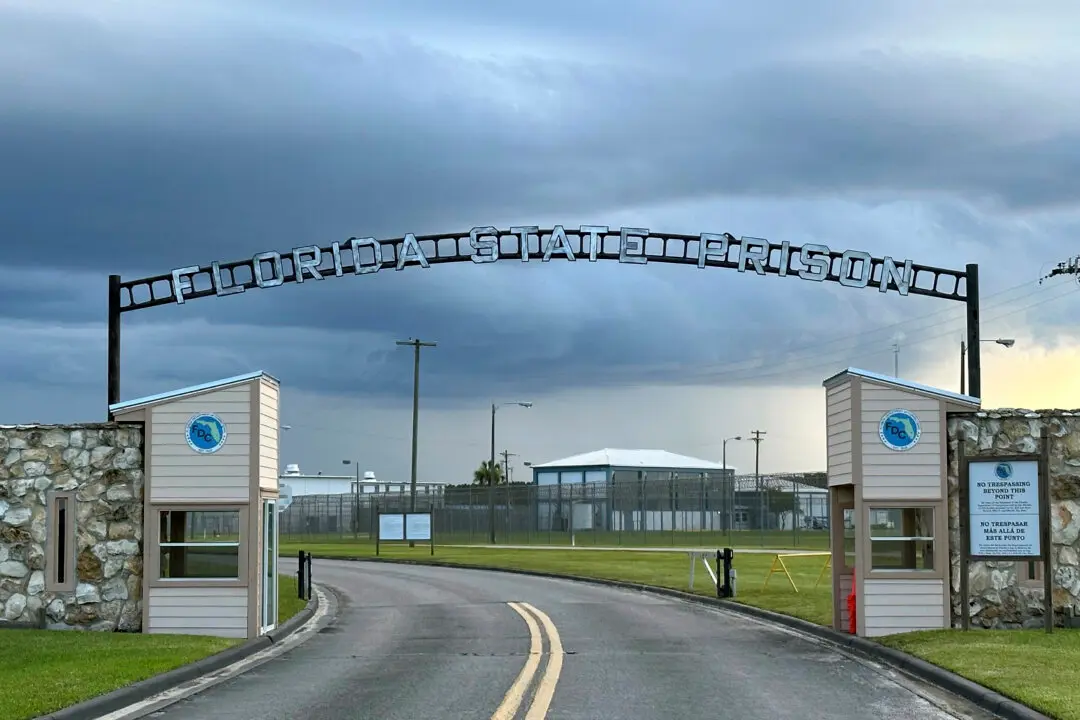The Supreme Court unanimously ruled on May 15 that the mother of a man killed by police during a traffic stop may pursue a civil rights lawsuit against the officer who shot him.
The nation’s highest court found that the U.S. Court of Appeals for the Fifth Circuit wrongly focused solely on the moment that the allegedly excessive force was used, as opposed to the moments leading up to the use of force.





